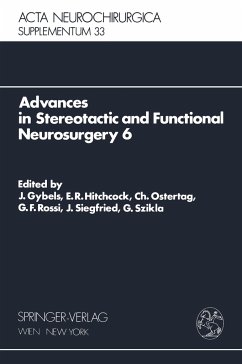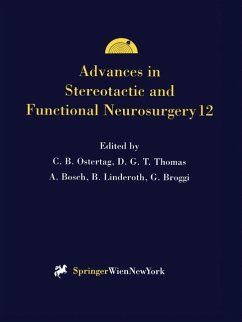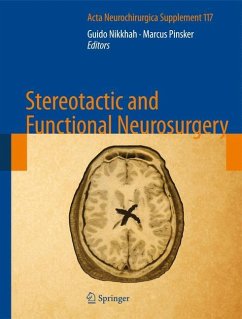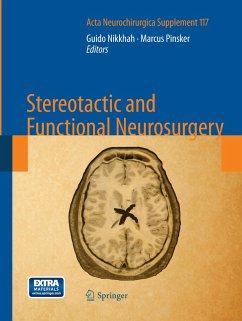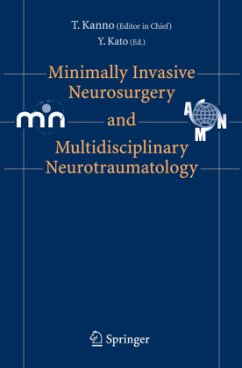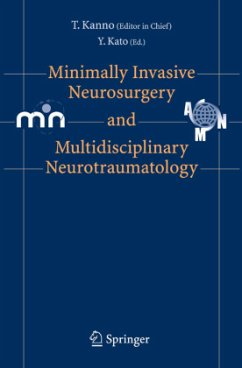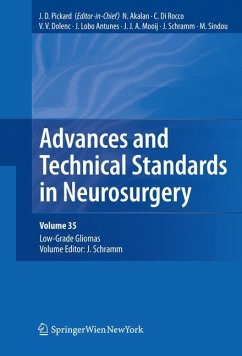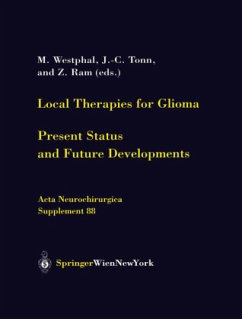
Advances in Stereotactic and Functional Neurosurgery 4
Proceedings of the 4th Meeting of the European Society for Stereotactic and Functional Neurosurgery, Paris 1979
Herausgegeben: Gillingham, F. J.; Gybels, J.; Hitchcock, Edward R.

PAYBACK Punkte
20 °P sammeln!
Thus instead of being synonymous with specific procedures per formed at the level of the basal ganglia, stereotaxis is in fact a general diagnostic and therapeutic concept, which has as its aim the precise three-dimensional representation of the patient's brain in its entirety. This three-dimensional representation is based on anatomical, neuro radiological and other localizing information, the spatial integration Prof. Jean Talairach with friends and coworkers at the congress dinner in the Royaumont Abbey near Paris. (From left to right: Drs. ]. Bancaud, N. T. Zervas, B. Nashold, ]. Talairach...
Thus instead of being synonymous with specific procedures per formed at the level of the basal ganglia, stereotaxis is in fact a general diagnostic and therapeutic concept, which has as its aim the precise three-dimensional representation of the patient's brain in its entirety. This three-dimensional representation is based on anatomical, neuro radiological and other localizing information, the spatial integration Prof. Jean Talairach with friends and coworkers at the congress dinner in the Royaumont Abbey near Paris. (From left to right: Drs. ]. Bancaud, N. T. Zervas, B. Nashold, ]. Talairach, G. Szikla, F. Mundinger, P. Tournoux, ]. Peeker) of which allows a more precise "anatomical" approach to the human brain and to the surgical management of localized pathologic proces ses. Literally, stereotaxis means "orientation in space". Taken in this general sense, all surgical procedures obviously should be stereo tactic, at least in their principle! Two of the main themes of our meeting, namely the topic of the first day, "Surgery of Epilepsy" and that of the second "Stereotactic Cerebral Irradiation" of small brain tumours correspond to this evolution toward a global "whole brain" concept of stereotaxis. The same philosophy inspired the scientific efforts of the stereotactic group Introduction 3 of the Sainte Anne Hospital, under the leadership of its promoter, Professor Jean Talairach. This is the reason why the present Meeting is dedicated in honor of his scientific work.





